
Recently we spent some time down in South America, a successful maneuver to avoid the snowstorm, the rain storm and the other snowstorm here in the northwest. We had the opportunity to visit Mendoza Province, Argentina’s highly acclaimed wine country. In so doing we documented the wineries, the dramatic backdrop of the Andes Mountains and, of course, the wine itself. The architecture of the wineries and the surrounding landscapes are extraordinary in Mendoza. While we only photographed a few for today’s post, there are several other modern wineries in the area.
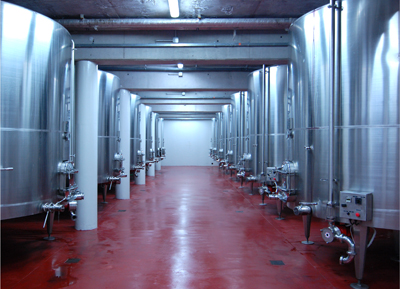
Bodega Septima
Architecture: the long, low structure draws influence from Mayan ruins and the massive form feels like part of the earth. Stairways climb the rough stone walls and lead to a roof terrace overlooking the vineyards and providing a spectacular view of the Andes. The interiors are organized in a simple, straight forward logic; the process of winemaking starts at one end of the building, each sequence of the process following the other. The construction suggests that labor is cheaper than materials in Argentina.


Wines: Syrah, Malbec, Cabernet Sauvignon, Malbec – Cabernet Sauvignon, Chardonnay Semillon
Their Chardonnay is aged 40% in oak barrels and 60% in stainless steel tanks producing a light, dry, crisp chardonnay (no buttery, oaky flavors).
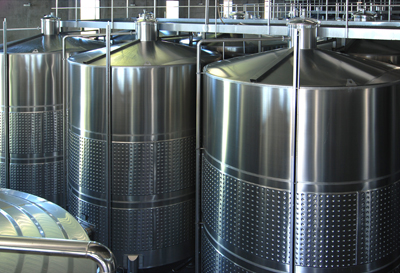
Because of violent hail storms, Septima has installed nets on each side of the vines running the full length of the rows. Apparently the hail has become so intense in years past that entire harvests have been ruined. While the black nets reduce the amount of light to the vines, they provide insurance of keeping the grapes on the vines in the event of a hail storm.
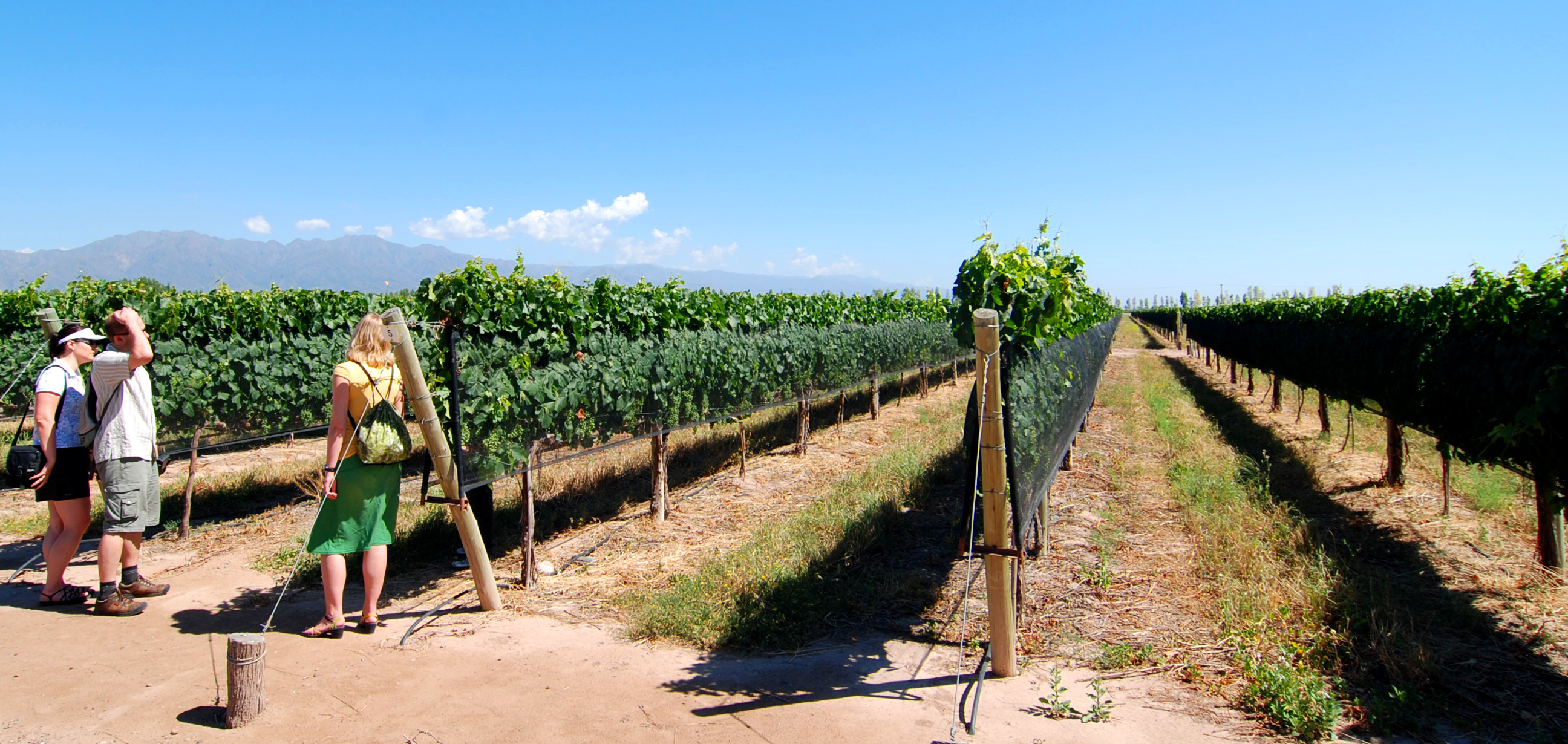
Interesting design note: Septima uses a different name (Maraso) and makes a different label which is more colorful for the United States; apparently the more colorful labels sell better in the U.S.

[Photos by BUILD llc]
Achaval-Ferrer
Architecture: an interesting hybrid of heavy brick walls and light steel frames, the winery is smaller than most in the area. The concept is similar to a large barn with appendages for the various functions located on the sides. Keep in mind that Mendoza is a seismic zone – while there is a tremendous amount of brick utilized, it’s actually just infill between a reinforced concrete frame.

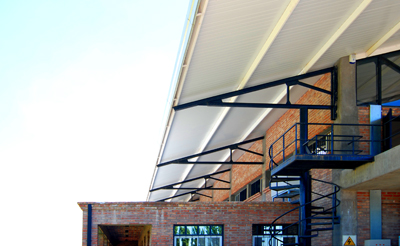
Vaulted brick ceilings inside add to the character and provide some natural cooling during the warm days.

Wines: Malbec and Quimera
The small winery prides itself on low yields and high quality. They do not use the vine nets, common at most of the vineyards. The occasional loss of a years harvest, due to the hail storms, may explain the high prices of the wines here (~100 USD per bottle). Tasting a flight of reds at Archaval-Ferrer is wonderful, the incremental qualities of their wines are apparent (even for us amateurs).

[Photos by BUILD llc]
A typical lunch can be overwhelming in Mendoza. The photo below shows 1 of 4 delicious courses at a roadside restaurant.
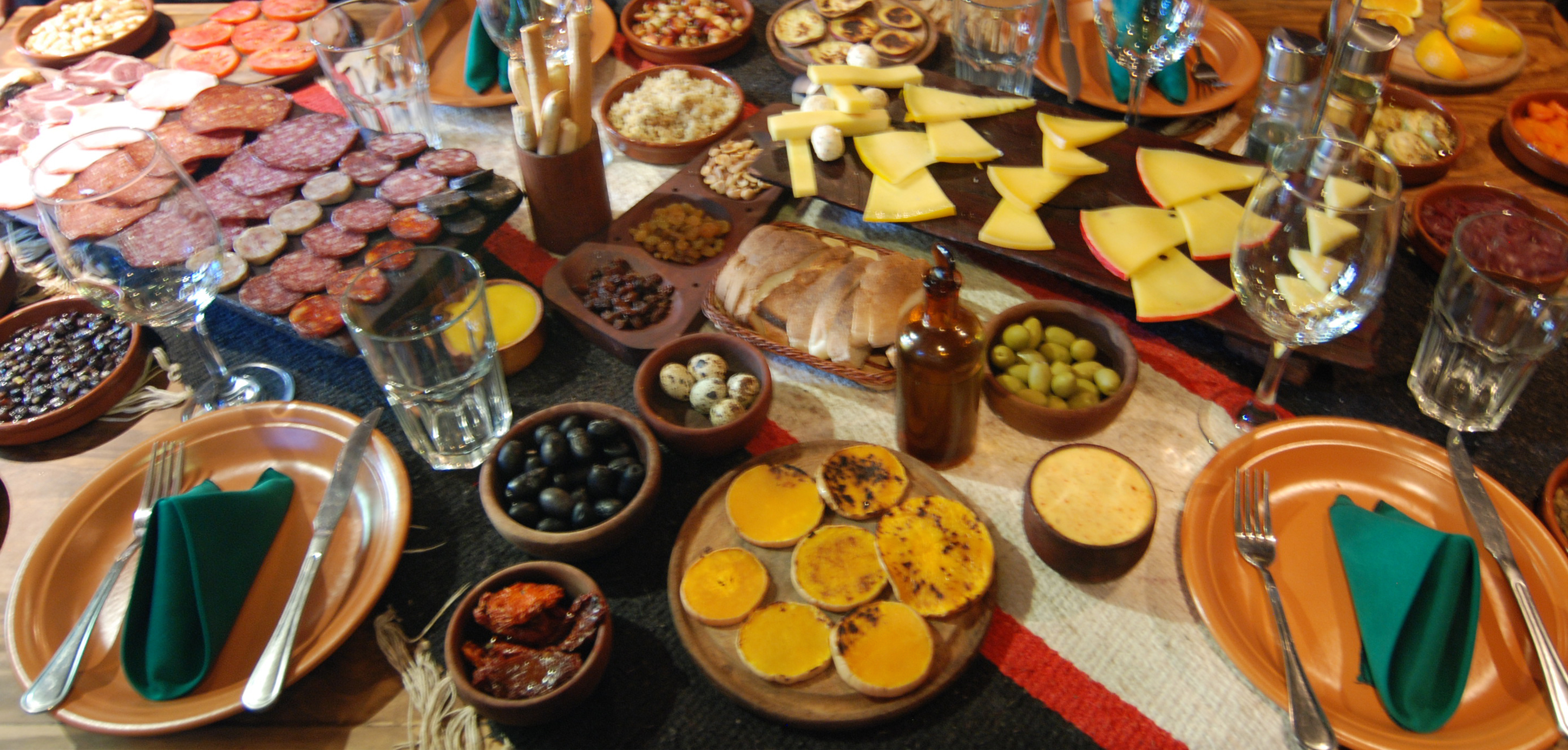
Belasco de Baquedano
Architecture: One of the more dramatic wineries, the architecture draws from a strange combination of traditional architectures. We’re not typically fans of re-interpreted traditional styles but the building seems to pull it off (or did we just have too much to drink).

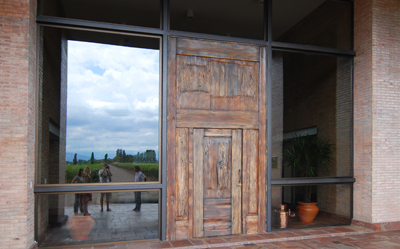
Once inside the spaces become stark and almost monastic in their simplicity and minimalism. When not in use, the immense empty rooms are cleaned to perfection.



The highlight is the smelling chamber, an entire room dedicated to the smells relevant to the design and production of wines. The red tones and glowing perimeter lamps are straight out of a Stanley Kubrick film.
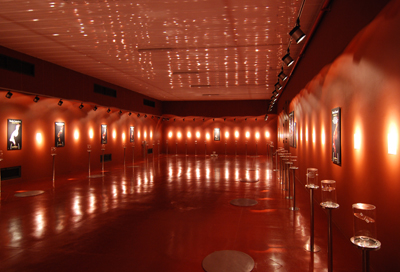
[Photos by BUILD llc]
Wines: Baquedano only produces Malbecs: the 4 different labels are Swinto, AR Guentota, Llama and Rosa. The wines here seemed to be the best value per dollar of the wineries we tasted at.
Wine tasting in Napa, the Willamette Valley and Walla Walla we’ve found that hitting 6 or 8 wineries in a day is reasonable. In Argentina, however, you’ll be lucky to conquer 3 tastings. The distances are greater between wineries; most of the tours tend to be private and therefore pre-arranged reservations are required. There’s more discussion and hand waving and you’d be delinquent not to take a nice long lunch. Here are a couple of wineries that, regretfully, we didn’t make it to.
O. Fournier

[Photos by A Texan in Argentina]
Salentein
As always, don’t be shy with the comment button, we love to hear your thoughts. Cheers






